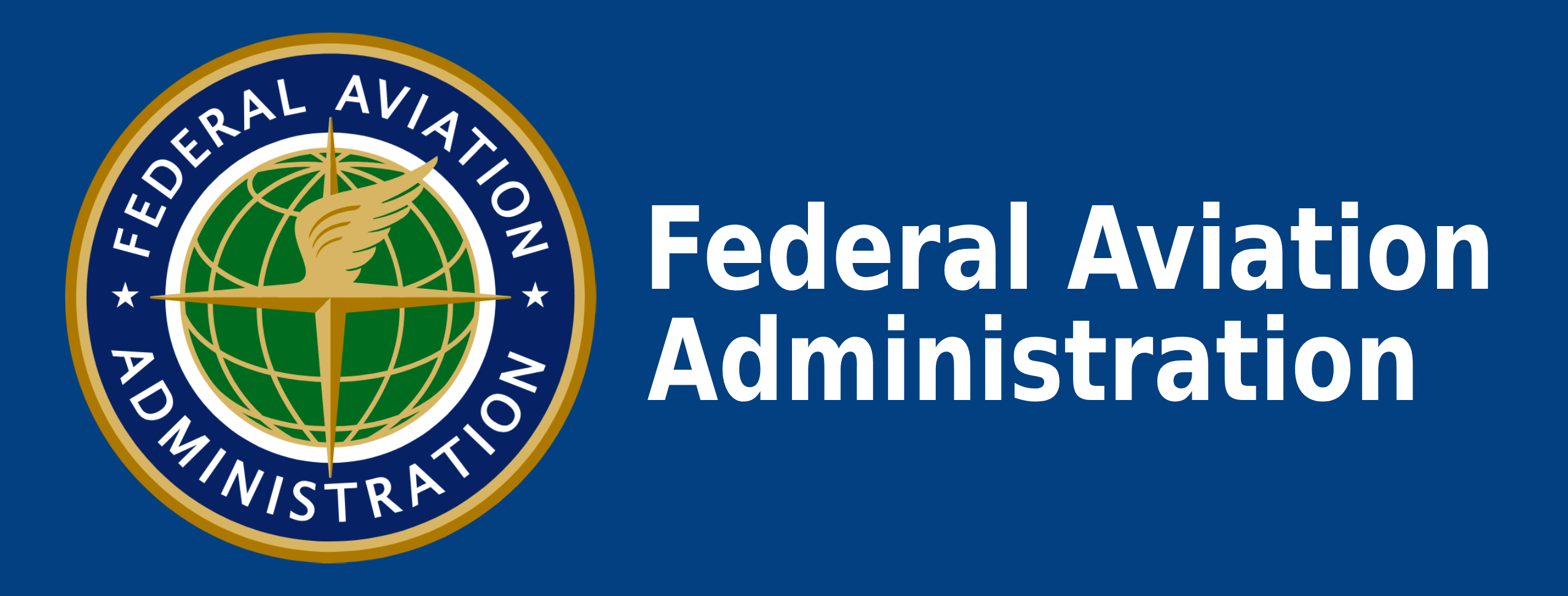The FAA has introduced a new rule, effective December 2, 2024, designed to bring clarity and simplicity to flight training requirements, particularly for pilots, instructors, and owners of limited, experimental, and primary category aircraft. This long-awaited update addresses regulatory confusion that has lingered since the 2021 Warbird Adventures case, which raised significant questions about how flight training is regulated.

Why This Matters
The Warbird Adventures case highlighted a gap in FAA regulations regarding special airworthiness certificate aircraft flight instruction. In that case, the court upheld the FAA’s position that providing paid flight training in a Curtiss P-40 Warhawk without an exemption violated existing rules, treating the instruction as “carrying a person for compensation.” The decision created widespread uncertainty about the distinction between flight training and passenger transport under FAA guidelines.
What’s Changing
The FAA’s updated rule establishes new guidelines for flight training, making it easier to conduct training without requiring a Letter of Deviation Authority (LODA). However, it includes clear conditions to ensure compliance:
- Aircraft Use: Instructors cannot supply both the training and the aircraft.
- Advertising Restrictions: Aircraft cannot be marketed broadly for flight training purposes.
- Cost Limitations: Any fees for using the aircraft must only cover ownership, operational, and maintenance expenses.
- Training-Only Flights: Only individuals directly involved in the training may be onboard.
These changes simplify the process for pilots who want to train in their own aircraft, removing the administrative burden of obtaining a LODA while maintaining safety and regulatory oversight.
Logging Public Aircraft Operations
In addition, the rule now allows flight time logged during public aircraft operations, such as firefighting or law enforcement missions, to count toward pilot certification and recency requirements. This change aligns FAA regulations with Congressional directives, ensuring that pilots engaged in public service missions receive credit for their valuable flight time.
Expanded Opportunities for Specialized Training
For instructors, the rule introduces more freedom to offer specialized training programs, such as upset recovery and mountain flying, without requiring additional endorsements. However, safeguards remain in place to prevent activities that resemble air tour operations, ensuring these flights stay focused on training.
Improvements to Recent Flight Experience Rules
The new rule also provides important clarifications for pilots working to maintain or regain their recent flight experience:
- Instructor-Student Relationship: Students and instructors are no longer considered passengers to one another, allowing students to act as pilot in command (PIC) during training flights, even if they haven’t met recent flight experience requirements under FAR 61.57(a) or (b).
- Targeted Skill Recovery: Pilots needing to regain recency for tasks such as night landings or instrument approaches can do so with an instructor on board, eliminating the need for additional passengers.
- Consistency Across Aircraft Types: These updates apply to a wide range of aircraft, ensuring consistent treatment of flight experience requirements in limited, experimental, and primary category aircraft.
What This Means for the Aviation Community
This updated rule is a major step forward for aviation. It simplifies access to flight training, reduces regulatory hurdles, and ensures pilots and instructors have clear guidance on how to meet requirements while maintaining safety standards.
At E3 Aviation, we believe these changes will create more opportunities for pilots to advance their skills and achieve their goals. Whether you’re a student pilot, an instructor, or an aircraft owner, this new rule offers a clearer, more practical framework for flight training in today’s evolving aviation environment.
Stay tuned for more updates and insights from E3 Aviation as we continue to support the growth and safety of our aviation community.
